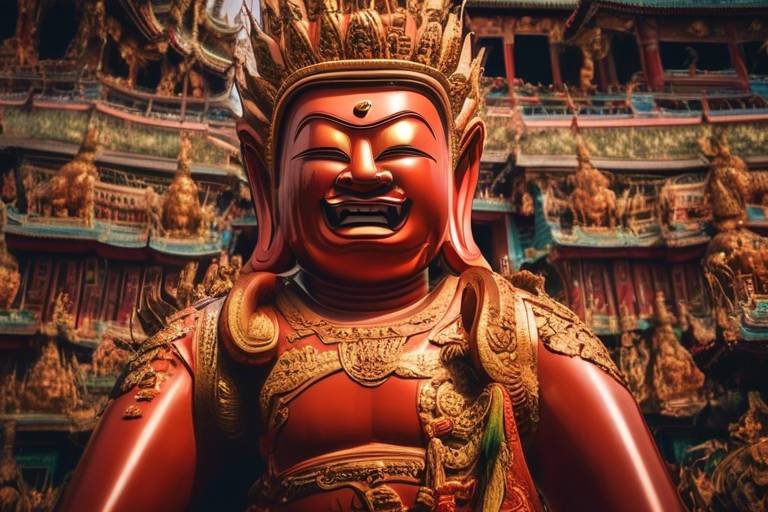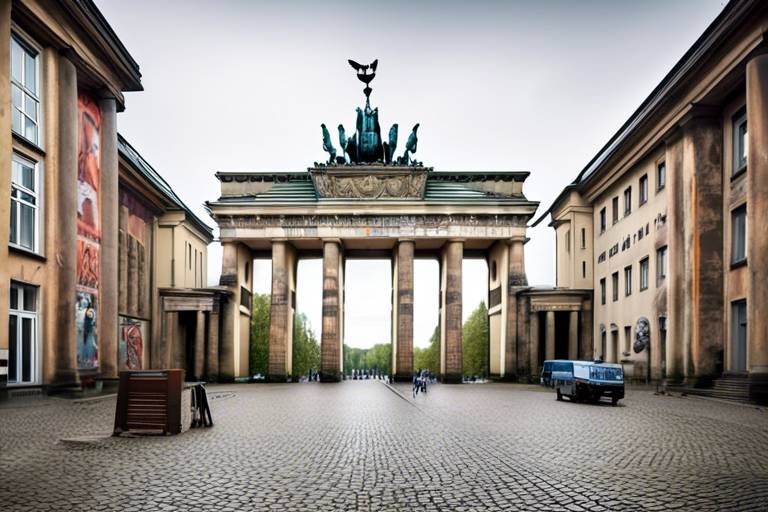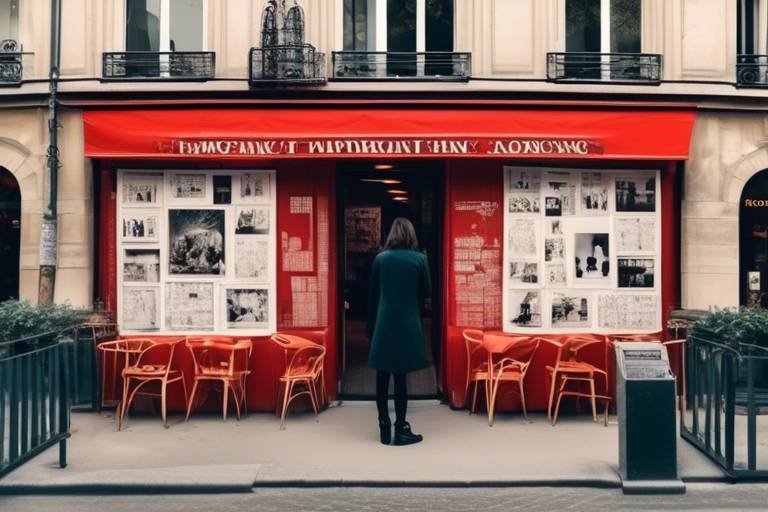A Guide to the Best Cultural Attractions in Asia
Are you ready to embark on a cultural journey through Asia, filled with awe-inspiring attractions that will leave you speechless? From the majestic Great Wall of China to the serene Borobudur temple in Indonesia, Asia is a treasure trove of cultural wonders waiting to be explored. Let's dive into some of the best cultural attractions that this diverse continent has to offer.
One of the most iconic landmarks in the world, the Great Wall of China stands as a testament to ancient engineering and Chinese history. Spanning over 13,000 miles, this UNESCO World Heritage site offers panoramic views of the lush landscapes that surround it. Discover the stories and legends that shroud this magnificent structure, and immerse yourself in the rich cultural heritage of China.
For a glimpse into the ancient Khmer civilization, a visit to Angkor Wat in Cambodia is a must. This sprawling temple complex is renowned for its intricate architecture and religious significance, drawing visitors from around the globe. Explore the ruins and marvel at the craftsmanship of the Khmer artisans who built this architectural marvel centuries ago.
India's crown jewel, the Taj Mahal, stands as a symbol of eternal love and architectural brilliance. Built by Emperor Shah Jahan in memory of his beloved wife, this white marble mausoleum is a UNESCO World Heritage site that exudes beauty and grace. Learn about the history and cultural significance of this masterpiece that has captured the hearts of millions.
Step into the Tokyo National Museum in Japan and be transported through time to explore the country's rich artistic heritage. Housing a vast collection of traditional artifacts and artworks, this museum offers a glimpse into Japan's past and present. Wander through the galleries and immerse yourself in the beauty and craftsmanship of Japanese art.
In the heart of Beijing lies the Forbidden City, a sprawling imperial palace complex that served as the seat of power for Chinese emperors. This UNESCO World Heritage site is a living testament to China's imperial past, with its intricate architecture and rich history. Walk in the footsteps of emperors and uncover the secrets of this ancient palace.
Indonesia's Borobudur temple stands as a spiritual oasis, offering visitors a tranquil retreat amidst lush greenery. As the largest Buddhist temple in the world, Borobudur is adorned with intricate stone carvings and stupas that tell the story of Buddhism in Indonesia. Climb to the top and witness the breathtaking views that stretch as far as the eye can see.
Seoul, the bustling capital of South Korea, is a vibrant blend of tradition and modernity, where ancient palaces stand side by side with futuristic skyscrapers. Explore the city's cultural gems, from historic palaces to bustling markets and contemporary art galleries. Dive into the heart of Korean culture and experience the dynamic energy of Seoul.
Admire the architectural marvel of the Sheikh Zayed Grand Mosque in Abu Dhabi, a symbol of Islamic artistry and cultural heritage. This grand mosque is a masterpiece of design and craftsmanship, with its intricate details and grandeur captivating visitors from around the world. Learn about the significance of this sacred place and its role in promoting peace and harmony among different faiths.

The Great Wall of China
The Great Wall of China is an architectural marvel that stretches across the northern part of China, offering a glimpse into the country's rich history and culture. This UNESCO World Heritage site spans over 13,000 miles, showcasing the ingenuity and craftsmanship of ancient Chinese builders. The wall, with its watchtowers and fortifications, served as a defensive structure against invasions, embodying the resilience and determination of the Chinese people.
Walking along the Great Wall, visitors can admire the stunning panoramic views of the surrounding landscapes, from rugged mountains to lush valleys. Each section of the wall has its own unique charm and history, reflecting the different dynasties that contributed to its construction over centuries. The Great Wall stands as a symbol of China's enduring legacy and the unity of its people in the face of challenges.
Exploring the Great Wall allows travelers to delve into the stories and legends that surround this iconic structure. From the strategic military tactics employed in its design to the myths of its construction involving dragons and human sacrifice, the Great Wall is steeped in mystery and intrigue. Visitors can also learn about the significance of the wall in Chinese culture, symbolizing protection, strength, and cultural identity.
For those seeking a truly immersive experience, guided tours are available to provide insights into the history and significance of the Great Wall. Visitors can learn about the architectural techniques used in its construction, the strategic importance of its watchtowers, and the cultural impact it has had on China and the world. Whether marveling at the wall's sheer magnitude or tracing its winding path through the rugged terrain, a visit to the Great Wall of China is a journey through time and culture.
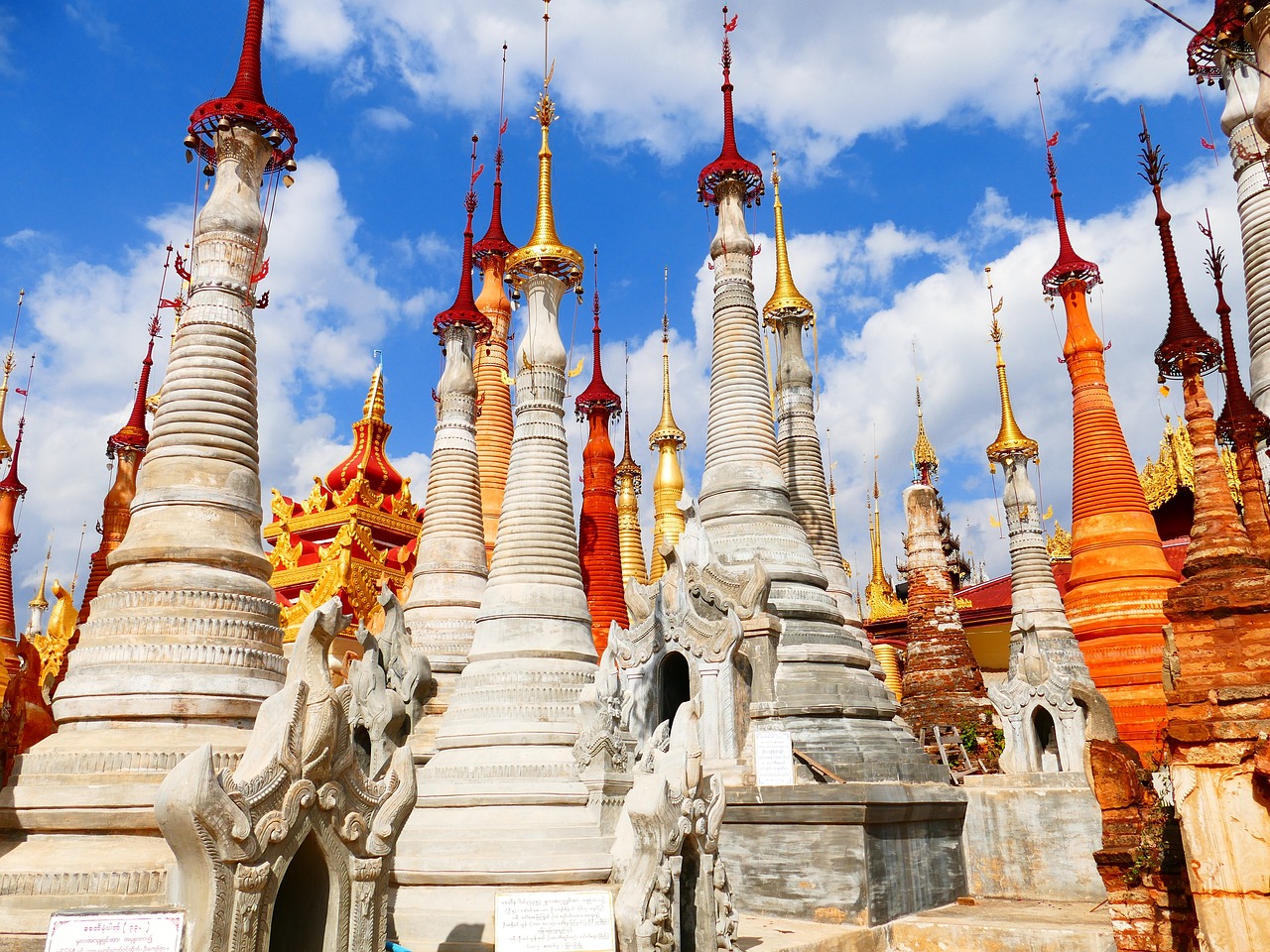
Angkor Wat, Cambodia
Embark on a journey to the enchanting Angkor Wat temple complex in Cambodia, a true marvel of Khmer architecture and history. As you wander through the ancient ruins, you'll be captivated by the intricate stone carvings and grandeur of this UNESCO World Heritage site. Angkor Wat is not just a temple; it's a living testament to the rich cultural heritage of Cambodia and the legacy of the Khmer civilization.
Constructed in the 12th century by King Suryavarman II, Angkor Wat is the largest religious monument in the world, dedicated to the Hindu god Vishnu. The temple's five towers symbolize the peaks of Mount Meru, the mythical home of the gods. As you explore the vast complex, you'll encounter intricate bas-reliefs depicting scenes from Hindu epics like the Ramayana and Mahabharata, showcasing the artistic and spiritual prowess of the Khmer people.
One of the most iconic features of Angkor Wat is the central tower, which rises majestically above the surrounding jungle. At sunrise or sunset, the temple is bathed in a golden glow, creating a surreal and magical atmosphere that draws visitors from around the world. The reflection of the temple in the nearby moat adds to its ethereal beauty, making it a photographer's paradise.
Aside from its architectural grandeur, Angkor Wat holds immense religious significance for the Cambodian people. Despite being originally dedicated to Vishnu, the temple was later transformed into a Buddhist site, reflecting the cultural and religious evolution of Cambodia over the centuries. Today, Angkor Wat remains an active place of worship, with monks and devotees paying homage to the ancient gods and seeking spiritual enlightenment.
Exploring Angkor Wat is like stepping back in time to a world of myth and legend, where gods and demons once roamed the earth. The sheer scale and complexity of the temple complex will leave you in awe, as you ponder the ingenuity and craftsmanship of the Khmer artisans who built this architectural masterpiece. Whether you're a history buff, an art enthusiast, or a spiritual seeker, Angkor Wat offers a truly immersive cultural experience that will stay with you long after you've left its hallowed grounds.
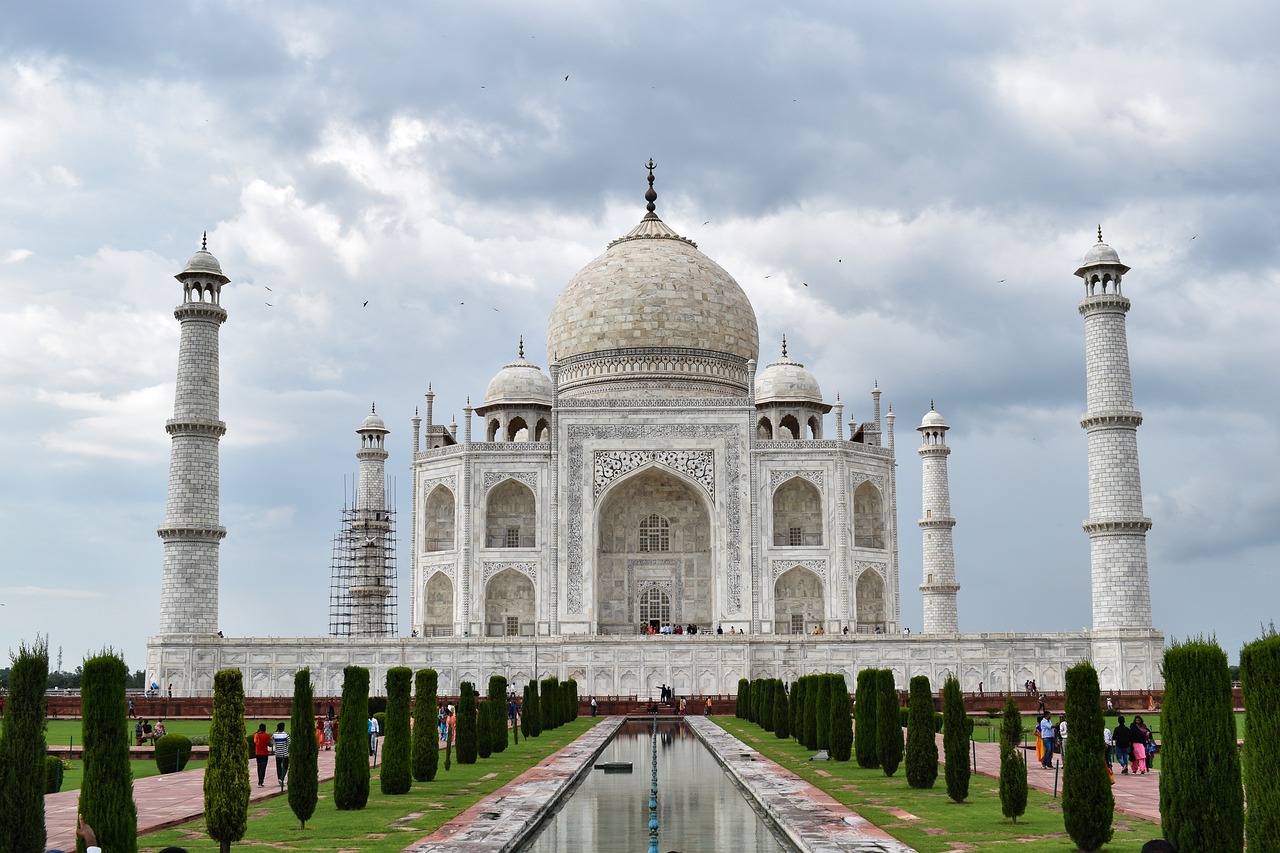
Taj Mahal, India
The Taj Mahal in India is a timeless symbol of love and architectural beauty. This ivory-white marble mausoleum, located in Agra, Uttar Pradesh, was commissioned by the Mughal emperor Shah Jahan in memory of his beloved wife Mumtaz Mahal. The Taj Mahal is renowned for its intricate design, including the stunning dome and minarets that adorn its structure, reflecting a perfect blend of Persian, Islamic, and Indian architectural styles.
Visitors to the Taj Mahal can marvel at the intricate inlay work of precious and semi-precious stones that adorn the marble walls, creating a mesmerizing play of light and shadow. The lush gardens surrounding the mausoleum add to its serene ambiance, providing a peaceful retreat for contemplation and admiration of this architectural marvel.
Stepping inside the Taj Mahal, visitors are greeted by the cenotaphs of Shah Jahan and Mumtaz Mahal, intricately carved with floral motifs and Quranic inscriptions. The interior chambers exude a sense of grandeur and elegance, reflecting the deep love and devotion that inspired its creation.
Aside from its architectural significance, the Taj Mahal holds immense cultural importance for the people of India. It serves as a testament to enduring love and a symbol of the rich Mughal heritage that once flourished in the region. The annual Taj Mahotsav, a cultural festival held near the monument, celebrates traditional arts, crafts, music, and dance, further highlighting the cultural vibrancy of the Taj Mahal and its surroundings.
Visiting the Taj Mahal is not just a sightseeing experience but a journey into the heart of Indian history and culture. As one gazes upon its magnificent facade and explores its intricate details, the Taj Mahal captivates the soul and leaves a lasting impression of beauty and romance.
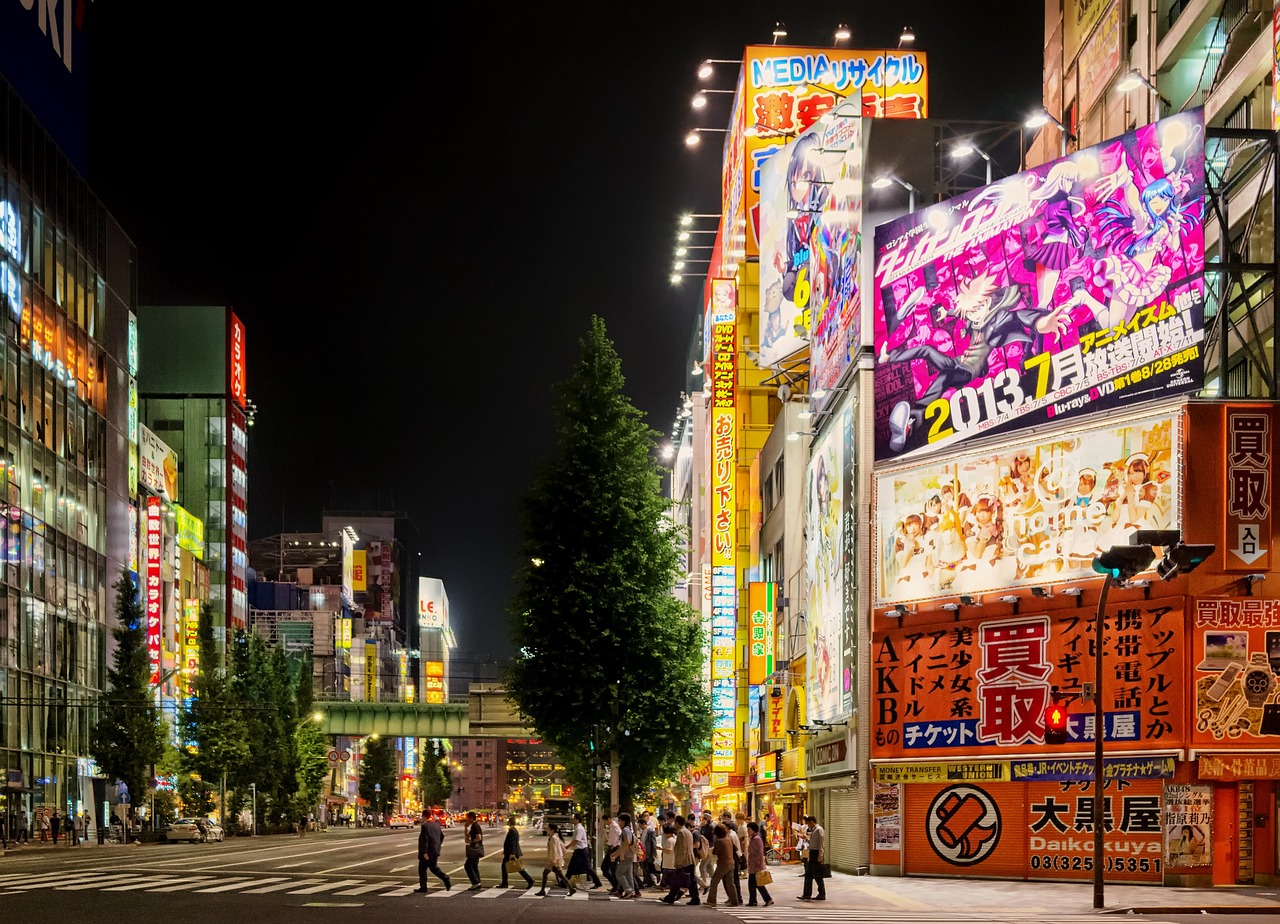
Tokyo National Museum, Japan
The Tokyo National Museum in Japan is a cultural gem that offers a deep dive into the country's rich history and artistic heritage. Located in the heart of Tokyo, this museum is a treasure trove of traditional artifacts, artworks, and historical treasures that showcase the essence of Japanese culture.
Upon entering the Tokyo National Museum, visitors are greeted by a diverse collection of exhibits spanning various periods of Japanese history. From ancient pottery and samurai armor to delicate scrolls and intricate kimono textiles, each artifact tells a unique story of Japan's past.
One of the highlights of the museum is the Gallery of Horyuji Treasures, which houses a stunning collection of Buddhist art and artifacts from the Horyuji Temple in Nara. Visitors can marvel at the intricate sculptures, paintings, and ritual objects that reflect the spiritual and artistic traditions of ancient Japan.
For art enthusiasts, the museum's Japanese Gallery showcases a wide range of traditional paintings, calligraphy, and ceramics that highlight the country's artistic prowess. From serene landscapes to vibrant kabuki portraits, each artwork offers a glimpse into the creativity and talent of Japanese artists throughout the centuries.
Visitors can also explore the museum's rotating special exhibitions, which feature curated displays of contemporary Japanese art, cultural artifacts, and historical retrospectives. These exhibitions provide a dynamic and ever-changing experience for those eager to delve deeper into Japan's cultural landscape.
Overall, the Tokyo National Museum is a must-visit destination for anyone seeking to immerse themselves in the beauty and history of Japan. Whether you're a history buff, art lover, or simply curious about Japanese culture, this museum offers a captivating journey through the centuries-old traditions and artistic achievements of this fascinating country.

Forbidden City, China
The Forbidden City in Beijing, China, stands as a monumental symbol of imperial power and Chinese history. This sprawling complex, also known as the Palace Museum, served as the residence of Chinese emperors for nearly 500 years, from the Ming dynasty to the end of the Qing dynasty. With over 980 buildings and 8,700 rooms, the Forbidden City is a true architectural marvel, showcasing traditional Chinese palatial design and grandeur.
Constructed in the early 15th century, the Forbidden City is a UNESCO World Heritage site that attracts millions of visitors annually. As you step through the imposing gates and wander through the vast courtyards, you can't help but feel transported back in time to the era of emperors and dynasties. The intricate wooden carvings, colorful rooftops, and expansive gardens all reflect the opulence and power of the Chinese imperial court.
Each section of the Forbidden City has its own unique charm and historical significance. From the Hall of Supreme Harmony, where important ceremonies and events took place, to the tranquil Imperial Garden, every corner of this majestic complex tells a story of China's rich cultural heritage. Visitors can also explore the Palace of Heavenly Purity, the Hall of Mental Cultivation, and the Palace of Tranquil Longevity, each offering a glimpse into the lives of the emperors and their families.
One of the most fascinating aspects of the Forbidden City is its architectural layout, which is based on principles of feng shui and Chinese cosmology. The precise alignment of buildings, the use of symbolic colors, and the intricate details of the decorations all reflect the deep-rooted beliefs and traditions of ancient Chinese culture. As you walk through the Hall of Clocks and Watches or the Hall of Military Eminence, you can't help but admire the craftsmanship and attention to detail that went into creating this magnificent complex.
Visiting the Forbidden City is not just a journey through history, but also a cultural immersion into the heart of China. The artifacts, paintings, and treasures housed within its walls offer a glimpse into the artistic and intellectual achievements of past dynasties. Whether you're exploring the Hall of Literary Glory or the Hall of Supreme Harmony, each step you take reveals a new facet of Chinese culture and heritage.
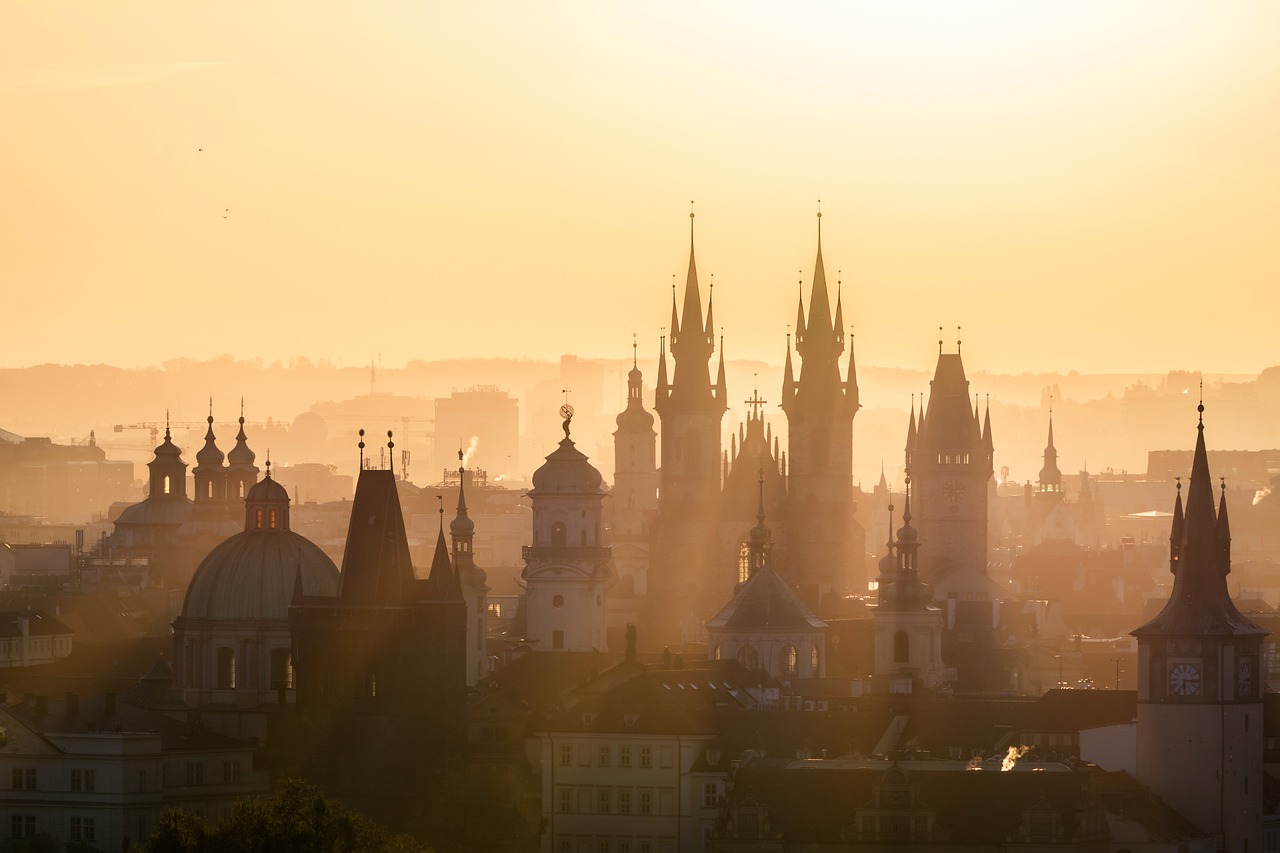
Borobudur, Indonesia
Experience the serenity of Borobudur, the world's largest Buddhist temple located in Indonesia. Nestled amidst lush greenery, Borobudur stands as a testament to ancient architectural brilliance and spiritual devotion. The temple's intricate stone carvings and towering stupas offer a glimpse into Indonesia's rich cultural heritage, inviting visitors to explore its hidden meanings and historical significance.
Ascending Borobudur's multiple levels, each representing a stage of enlightenment in Buddhist cosmology, provides a metaphorical journey towards spiritual awakening. The panoramic views from the top of the temple offer a breathtaking vista of the surrounding landscapes, creating a sense of peace and tranquility that transcends time.
As you wander through the labyrinthine corridors of Borobudur, adorned with intricate reliefs depicting Buddhist teachings and stories, you can't help but marvel at the craftsmanship and dedication that went into its construction. The temple's design, with its symmetrical layout and central dome, symbolizes the path to nirvana and the unity of the universe.
Visiting Borobudur is not just a sightseeing experience; it's a spiritual journey that allows you to connect with the profound wisdom and artistry of ancient civilizations. Whether you're admiring the sunrise over the temple or meditating in its peaceful surroundings, Borobudur offers a unique opportunity to immerse yourself in Indonesia's cultural legacy and architectural marvels.
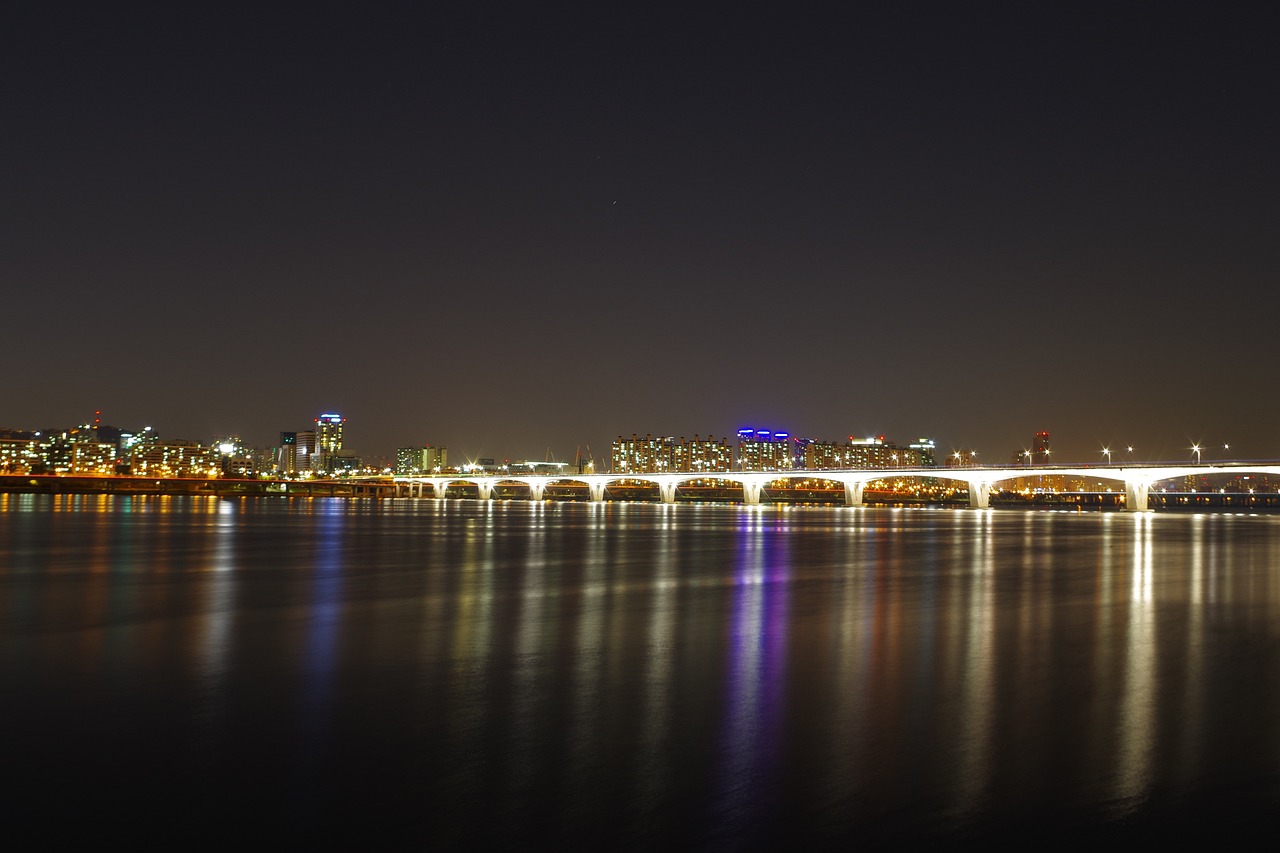
Seoul, South Korea
Seoul, the bustling capital city of South Korea, is a vibrant metropolis that seamlessly blends the old with the new, creating a unique cultural experience for visitors. From ancient palaces to modern skyscrapers, Seoul offers a diverse range of attractions that showcase the rich heritage of Korean culture.
One of the must-visit places in Seoul is Gyeongbokgung Palace, a grand complex that served as the main royal palace during the Joseon dynasty. Explore the ornate buildings, beautiful gardens, and traditional Korean architecture that reflect the country's royal history.
For a taste of modern Seoul, head to Gangnam district, known for its upscale shopping centers, trendy boutiques, and bustling nightlife. Experience the vibrant energy of the city as you stroll along the busy streets lined with cafes, restaurants, and entertainment venues.
Art enthusiasts will appreciate the Dongdaemun Design Plaza, a futuristic landmark that houses exhibition spaces, design studios, and a rooftop park. Discover the latest trends in fashion, architecture, and art at this iconic cultural hub in the heart of Seoul.
Food plays a significant role in Korean culture, and Seoul is a food lover's paradise with an abundance of traditional dishes and street food stalls. Indulge in delicious Korean barbecue, spicy kimchi, savory bibimbap, and refreshing bingsu desserts as you explore the city's culinary scene.
Seoul is also home to numerous museums and galleries that showcase the country's artistic heritage. Visit the National Museum of Korea to learn about Korean history and culture through its extensive collection of artifacts, artworks, and archaeological findings.
Whether you're interested in history, art, food, or shopping, Seoul has something for everyone. Immerse yourself in the dynamic culture of South Korea's capital city and experience the harmonious blend of tradition and modernity that defines Seoul's unique charm.
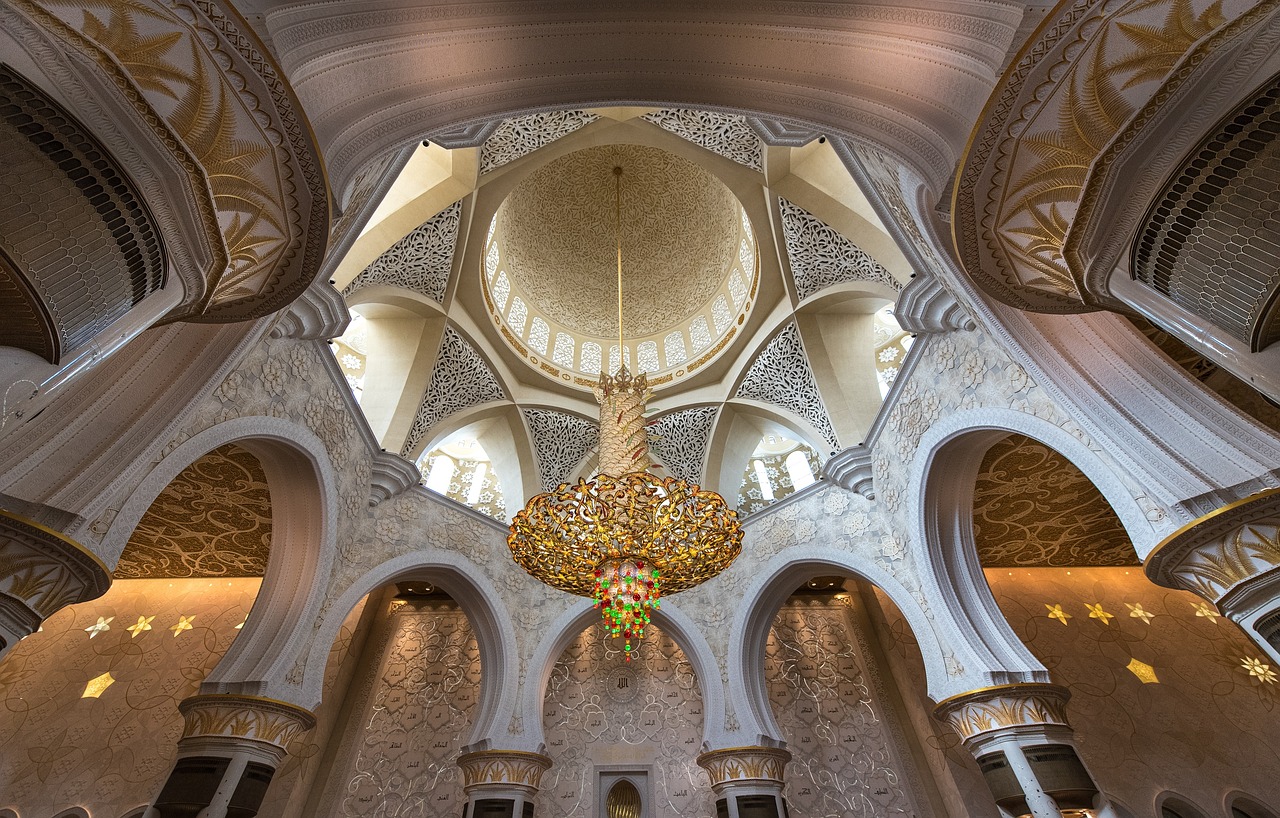
Sheikh Zayed Grand Mosque, Abu Dhabi
The Sheikh Zayed Grand Mosque in Abu Dhabi is a true masterpiece of Islamic architecture that stands as a symbol of beauty, diversity, and peace. This grand mosque, named after the late Sheikh Zayed bin Sultan Al Nahyan, the founder and first president of the United Arab Emirates, is a testament to the cultural and religious values of the region.
With its stunning white marble domes, intricate carvings, and reflective pools, the mosque offers a sense of tranquility and awe-inspiring grandeur to all who visit. The sheer size and intricate details of the mosque's design make it a must-see attraction for tourists and worshippers alike.
One of the most striking features of the Sheikh Zayed Grand Mosque is its massive prayer hall, adorned with one of the world's largest chandeliers and a hand-knotted carpet that holds the Guinness World Record for the largest hand-woven carpet. The exquisite craftsmanship and attention to detail in every corner of the mosque reflect the rich cultural heritage of the Islamic world.
Visitors to the mosque can also explore the beautiful courtyards, lush gardens, and intricate calligraphy adorning the walls, all of which add to the spiritual and aesthetic experience of the place. The Sheikh Zayed Grand Mosque is not just a place of worship; it is a cultural landmark that fosters understanding and appreciation for Islamic art and architecture.
Whether you are a history buff, an architecture enthusiast, or simply a traveler seeking a moment of serenity and reflection, the Sheikh Zayed Grand Mosque in Abu Dhabi offers a truly unforgettable experience that celebrates the beauty of Islamic culture and heritage.
Frequently Asked Questions
- What are the best cultural attractions in Asia?
Some of the best cultural attractions in Asia include the Great Wall of China, Angkor Wat in Cambodia, the Taj Mahal in India, the Tokyo National Museum in Japan, the Forbidden City in China, Borobudur in Indonesia, Seoul in South Korea, and the Sheikh Zayed Grand Mosque in Abu Dhabi.
- Why is the Great Wall of China significant?
The Great Wall of China is significant for its historical importance as a defensive structure, its architectural grandeur, and the stunning views it offers of the Chinese landscape. It is also a UNESCO World Heritage site and a symbol of China's rich cultural heritage.
- What can visitors expect at Angkor Wat?
Visitors to Angkor Wat can expect to see an impressive temple complex with intricate Khmer architecture, stunning carvings, and a deep sense of spiritual and historical significance. Exploring the ruins provides insights into the ancient Khmer civilization.
- Why is the Taj Mahal famous?
The Taj Mahal is famous for its exquisite beauty, intricate marble craftsmanship, and the romantic story behind its creation as a symbol of eternal love. It is a UNESCO World Heritage site and a must-visit for those interested in Indian culture and history.
- What makes the Tokyo National Museum special?
The Tokyo National Museum stands out for its vast collection of traditional Japanese artifacts, artworks, and historical treasures that offer a comprehensive look into Japan's rich cultural heritage. Visitors can explore different galleries showcasing various aspects of Japanese art and culture.
- Why is the Forbidden City in China a popular attraction?
The Forbidden City is popular for its immense historical significance as the former imperial palace of China's emperors. Its stunning architecture, well-preserved structures, and cultural importance as a UNESCO World Heritage site draw visitors from around the world to learn about China's imperial past.
- What is unique about Borobudur in Indonesia?
Borobudur is unique for being the world's largest Buddhist temple, showcasing intricate stone carvings, stupas, and offering panoramic views of the Indonesian landscape. Its spiritual significance, historical background, and serene atmosphere make it a remarkable cultural site to explore.
- What cultural experiences can be found in Seoul, South Korea?
Seoul offers a blend of traditional and modern cultural experiences, including ancient palaces, vibrant markets, and contemporary art galleries that showcase the dynamic Korean culture. Visitors can immerse themselves in Korean traditions while exploring the city's diverse attractions.
- Why is the Sheikh Zayed Grand Mosque in Abu Dhabi worth visiting?
The Sheikh Zayed Grand Mosque is worth visiting for its breathtaking architecture, intricate Islamic design, and cultural significance as a symbol of religious tolerance and unity. It serves as a prominent landmark in Abu Dhabi and promotes interfaith dialogue through its grandeur and beauty.

